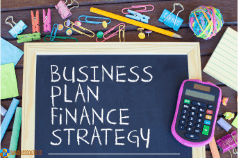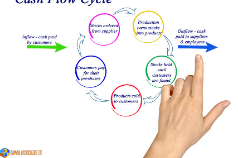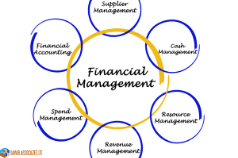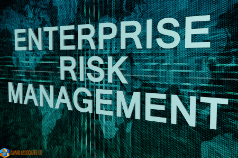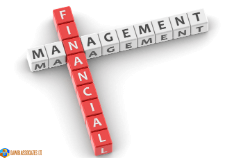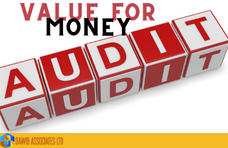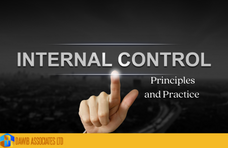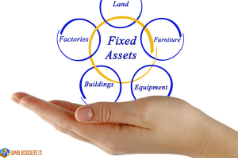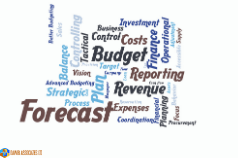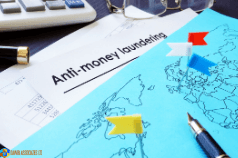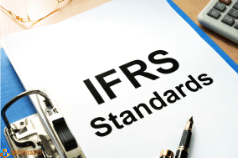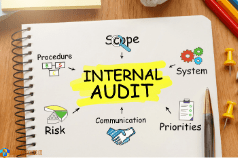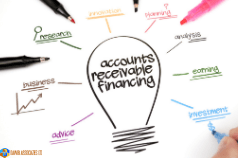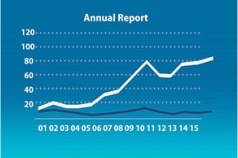
Why You Should Lead With Emotional Intelligence - Creativity
What better way to start on this segment in the series without bringing to mind the invaluable words of David Caruso which are thus;
It is very important to understand that emotional intelligence is not the opposite of intelligence, it is not the triumph of heart over head — it is the unique intersection of both.
Inasmuch as many would credit the place of genius and creativity as being on the rational or logical polar, we can’t but admit that emotional conditioning plays a significant role too. People with unstable emotions can barely connect on a deep level with their muse or creativity; they can’t efficiently focus their mind towards brainstorming narratives outside the box.
Creativity has an emotional rhythm.
It has been confirmed by some studies that the brain works 31% better in a positive frame of mind. As a high EQ leader, how valuable do you find this information as regards its impact on your team? It is undisputed that workspace (or environment), and state of mind affect productivity, of which it would definitely be a rare experience for an average individual to deviate from the conventional and plug into options outside the box of safe routine.
Leading with emotional intelligence affords a leader the skills and tools to create a conducive work environment or atmosphere that can breed creativity and promote innovation. Such a leader has the stability to accommodate and uphold diverse views, opinions, and ideas that would eventually drive towards innovation.
Apart from primarily providing a creativity-friendly environment for a team or organization to thrive in, leading with emotional intelligence also promotes creativity in the workforce via;
- Effective communication. In this regards, a high EQ leader effectively communicates to the team, his expectations for innovation. He makes it clear to the staff that their ideas and inputs are welcome for the growth and development of the organization, as the entire brainwork is not exclusive to the topmost echelon of leadership in the organization.
When necessary, suggestion boxes are placed strategically in the environment, or small group meetings are held soliciting for ideas and opinions to solve specific challenges. There is an aura of openness to accommodate various ideas, and diversity of thoughts is not misinterpreted as a conflict of interest.
He encourages, motivates and challenges the team to creatively think through new approaches to conventional systems or routine activities; demanding alternatives to the orthodox.
In this regards as an emotionally intelligent leader, despite how mundane an honest opinion or idea might be, you are to warmly respond to it and make everyone realize that their input is respected even if not always chosen.
- Creating the right condition. It is obviously futile to make demands without first making investments. Do not also assume that your staffs have the skills for innovative techniques because creativity might be intuitive, but innovation is a demand for skills and learnable abilities.
It is one thing to have an idea, but another to innovate
So before you overburden your team with the demands for a shift in thought and operation patterns, you might as well ensure they are empowered and trained in areas like design thinking, mind mapping, brainstorming, communication design et al.
Having availed your team with some vital skills and techniques towards creativity, also avail them time or sessions for brainstorming.
According to Marketing Donut;
“Allocate time for new ideas to emerge. For example, set aside time for brainstorming, hold regular group workshops and arrange team days out. A team involved in a brainstorming session is likely to be more effective than the sum of its parts. Individuals within the team can feed off each other – exploring, testing and refining ideas.
You should also give individuals the space to reflect privately on their work if you think they need it.â€
- Showing support. A high EQ leader in promoting creativity does not discredit the place and possibility of mistakes in trying out new ideas as something are only left to trials and errors; it’s all part of the risk. Creativity is not always genius at first spark, moreover, failure in operation does not necessarily mean failure of an idea.
Trying to penalize your staff for an idea that didn’t work will not afford them the opportunity to learn from their mistakes, and can end up making them withdrawn to the usual, known and safe zone instead of trying out innovative moves. Your staff should never at any time feel threatened about making mistakes.
The emotionally intelligent leader knows how to support and encourage baby steps or tolerate genuine mistakes. Moreover, in cases of success in turning an idea into innovative realities, such are not taken for granted; creativity is rewarded. Creativity is supported when there is a form of recognition or reward for team members who avail break-through ideas or innovation towards the team’s growth.
But this should be done properly as not to incite discrimination.
- Taking action. When it becomes obvious to a team that despite their creativity and contributions, actions are not taken to implement their input, then they are emotionally detached or withdrawn from making further efforts in this regard.
The essence of ideation is action.
So by leading with emotional intelligence, a leader avails resources and support necessary for an accepted idea to be implemented. Few things are more encouraging than employees seeing that their ideas and creativity are welcomed and implemented to the growth of the company. It breeds inclusiveness, teamwork, and more creativity.
Contributions, when accepted, should not be left to collect dust in the shelf of unimplemented strategies. It makes the team members see the entire creativity and brainstorming process as futile.




